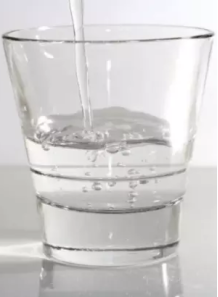Isotridecyl Isononanoate
Cosmetics
Code: 127660
a synthetic ester widely used in cosmetic and personal care formulations as a non-greasy emollient and skin-conditioning agent. It imparts a silky, dry-touch feel, improves spreadability, and enhances the sensory profile of creams, lotions, color cosmetics, and sunscreens.
Cart
No products
Subtotal:
0.00
Total
0.00
THB



